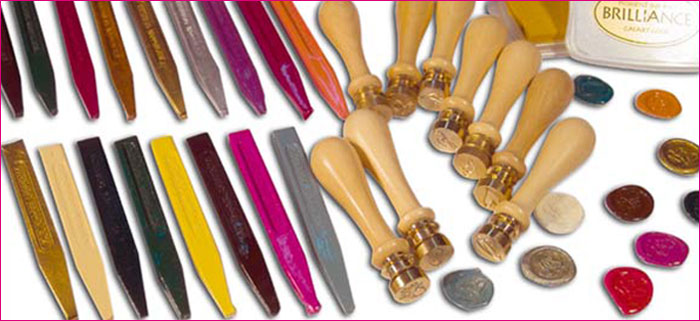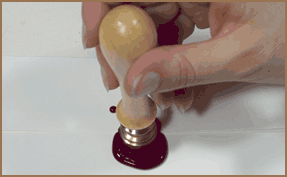Sealing wax is an "ancient" material that is extremely current ... We use it to seal an invitation, to enrich a card, to complete an album page with a three-dimensional touch, to close an envelope or a package. How is sealing wax used? Here we give you some suggestions that go beyond the simple application of the wax stick to the flame of the lighter, resulting in the aforementioned fire to produce a stamp usually stained by the signs of the fire ... and hopelessly too thin or too thick. We will adopt a technique to control the heat well. A second technique, a variant of the first, will show us how to make numerous stamps in comfort, for those projects - such as wedding invitations - which require many dozen. Finally, we will show you two stamp finishing techniques with a metallic color for a sophisticated finishing touch!
Needed:
An Impronte d'Autore brass seal
The sealing wax in sticks of the chosen color
A meat grinder or a pliers or a hammer
A wax melting set with candle or electric stove, or a gas stove
A spoon to easily pour the sealing wax
A Brilliance Galaxy Gold or Platinum Planet bearing













